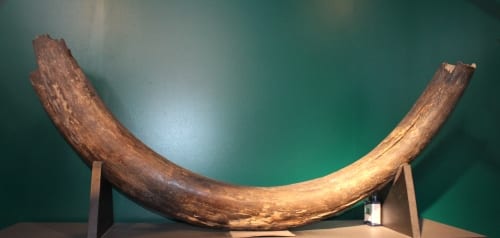
Culture Vulture: A vulture skull in UCL Art Museum
This is the second of our Culture Vulture exhibition reviews (the first is here) As I mentioned in an earlier article about whether a degree in museum studies was worth it it’s very important for museum professionals in all kinds of roles to not just act as guardians of material culture but also to go out and consume it. Visiting exhibitions is a great way to ummm ‘borrow’ ideas in exhibition design and if an exhibition is doing its job well then you’ll come away with a mind full of new thoughts and ideas.
I’ve been along to Ice Age Art: arrival of the modern mind at the British Museum and was excited to see how the museum would interpret a narrative which is equal parts natural history, archaeology and art history. When it comes to academia it seems that humans love to find ways of boxing in disciplines and practices rather than accept that they are all interconnected. This can be seen in the names of departments, museums and the conferences that we attend but in my opinion it’s cross disciplinary interactions that can be the most interesting. Two big camps, traditionally pitched as antagonists are ‘Art’ and ‘Science’. Does Ice Age Art cater for both of these audiences or has one group (you have to carry a card) had more of a say? (more…)
 Close
Close





